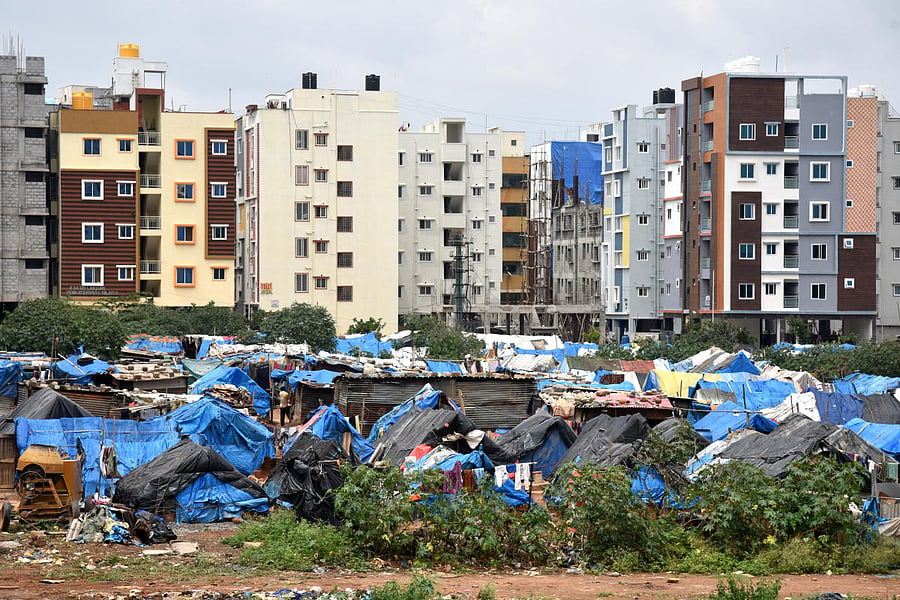
When you are in a hole, the way out is to first stop digging. This applies to the now defunct Revised Master Plan (RMP)-2031 that is overdue for over five years. There is now talk of a new RMP, a new applicable end year, all of which is indicative of further digging ourselves into a deeper abyss.

Truth be told, the RMP model has not worked and if Bengaluru is what it is in terms of its quality of living woes, the RMP will be Exhibit-1 in any post-mortem report. For now, just one data point – the open public spaces was 25% in RMP 1995 which is down to 4% in RMP 2031.
Doomed to fail
So why are RMPs the way we do it problematic? For starters, the Karnataka Town and Country Planning Act, 1961 is archaic and does not provide the necessary tool kit for planning a 21st century city. While it is acknowledged that the Bangalore Development Authority (BDA) is not the agency to undertake the RMP and it is the remit of the Metropolitan Planning Committee (MPC), the RMP as a tool to plan the city is doomed to fail.
It is a land use and development control regulations document that has multiple infirmities – it is a top down exercise driven by vested interests and lacking genuine citizen participation; the silos of government agencies do not care for what is contained in the RMP and do their own thing; it is static in nature with statistical extrapolations on par with the recently failed opinion polls. The Existing Land Use (ELU) is often violative of the Proposed Land Use (PLU) of the last plan; they ignore market forces; they ignore the region and the peripheral areas; urban villages within the city need contextual regulations that are missing, etc.
Livelihood focus
There are many aspects of city living involving equitable economic, social development with concern for the environment that the current RMP model does not deliver. For instance it needs to start with a focus on livelihoods for all; the pandemic has shown the need for smaller live and work zones which will need social rental housing for the poor; urban flooding mitigation and resilience is not addressed; mobility needs a unified outlook across agencies which is missing; the synchronised infrastructure that needs coordination is absent.
What would be the ‘rope’ or ‘ladder’ out of our current RMP ‘hole’? It needs to be consistent with the requirements of the 74th Constitutional Amendment. It should adopt the regional structure plan that respects nature’s ecological lines and draw up varying scales of plans from the local ward development plans rolled into the zonal plans to the overall city perspective plan. This needs to be done with significant citizen participation and involving domain and technical experts.
The city’s myriad agencies need to work off a common base map and sign onto following the plans evolving through this process. The plan needs to be dynamic with scope to update every five years. Let us have a flexible plan that has clearly articulated goals, metrics and guiding principles which finally determine the statutory rules and regulations.
Strategic spatial planning
Finally, a shout out for a shift to a strategic spatial planning framework to guide the implementation efforts. The government can lay out 15-20 major projects of interest that are spatially distributed across the city – it could be an apparel park, an electronics manufacturing hub, a redevelopment zone, an arts and culture district, etc. By focussing on these mega projects, alignment across agencies on providing connectivity, water, power, housing will help drive the ripple effects to the neighbouring areas. We need a new transformational way to plan for Bengaluru and business as usual would be a terrible thing to inflict on ourselves and future generations.
(The author is an urbanist)